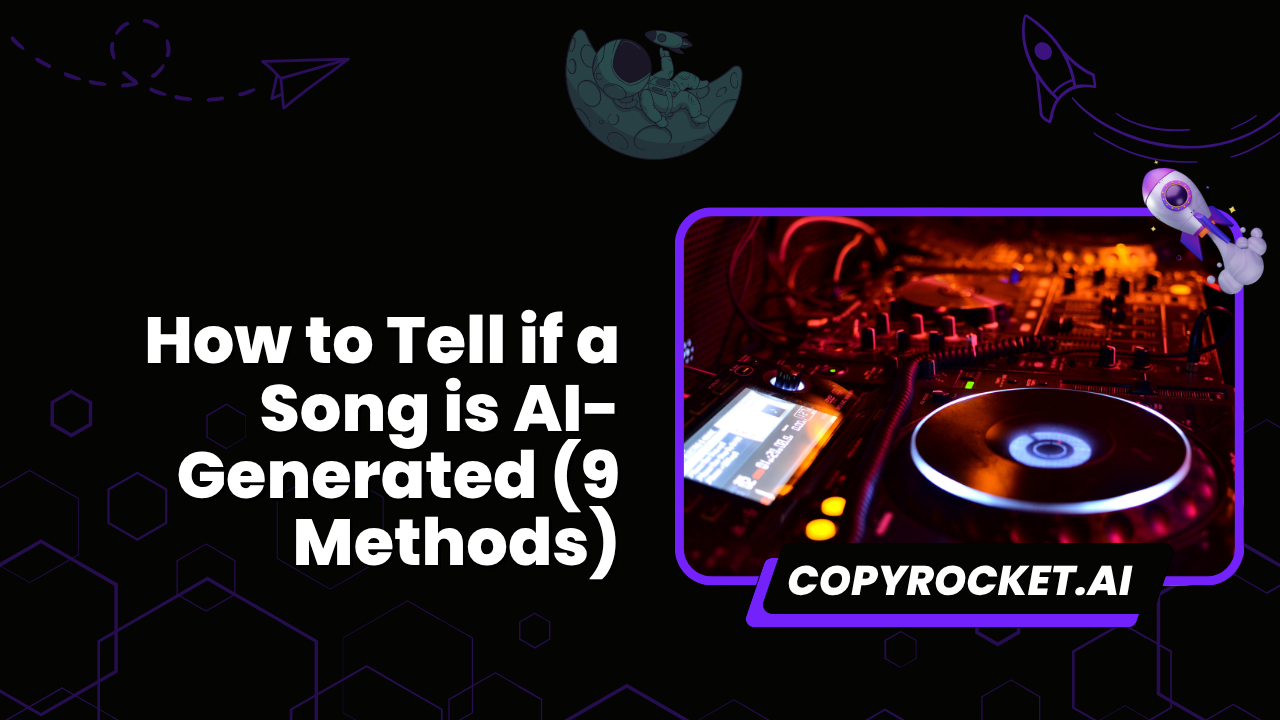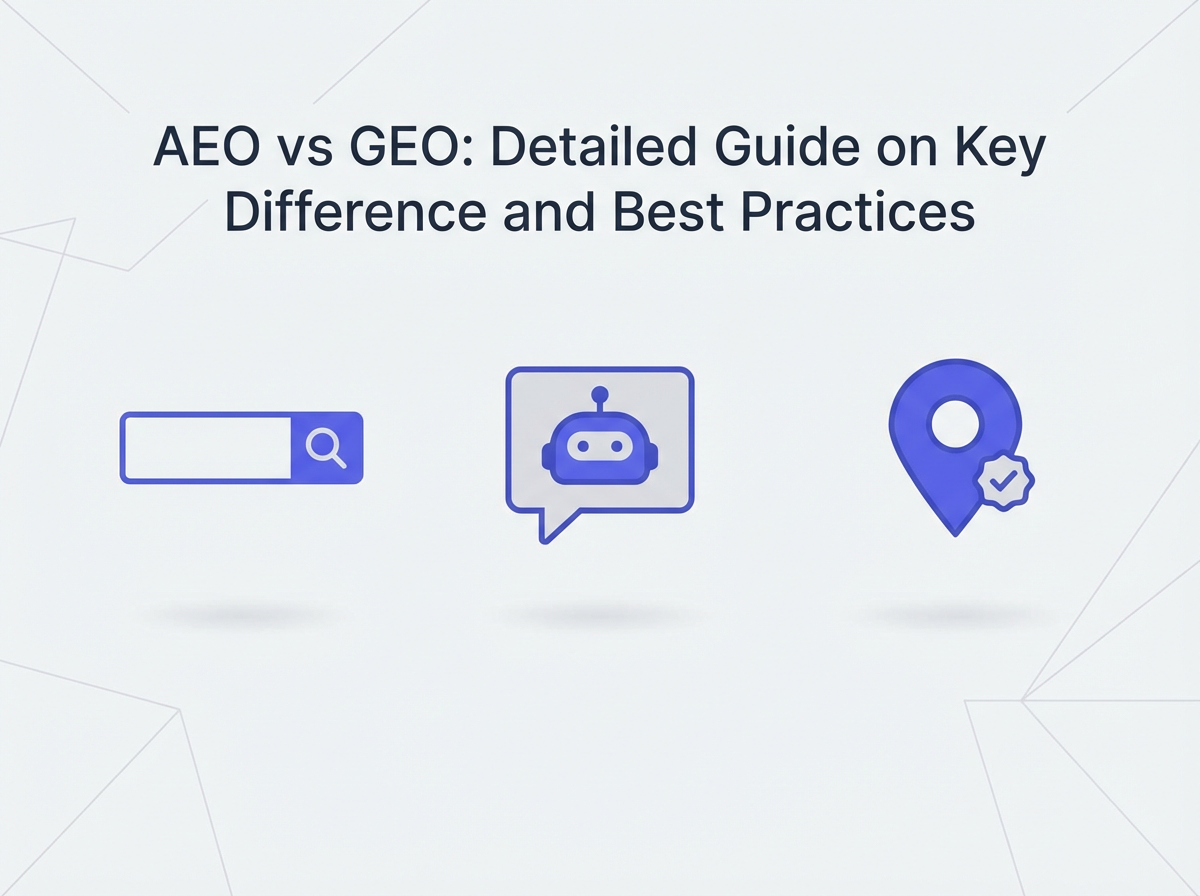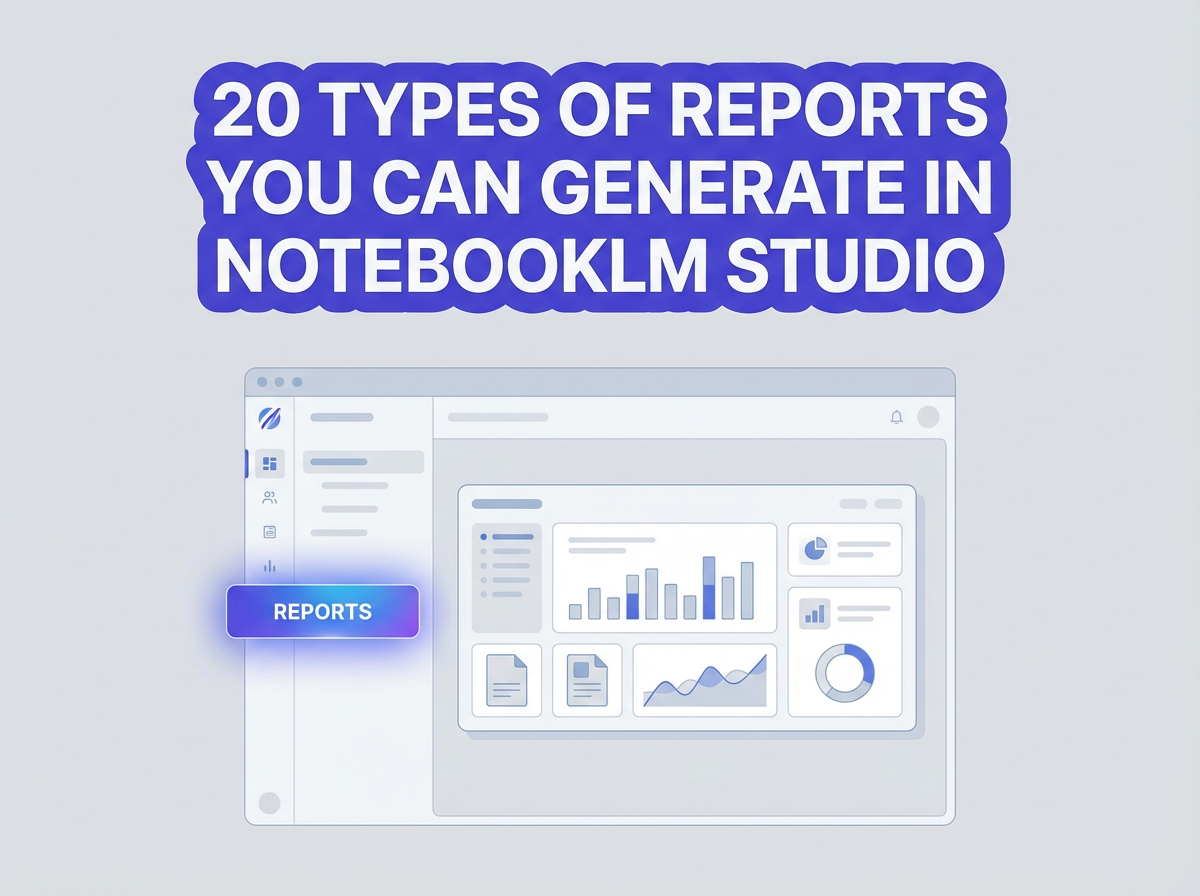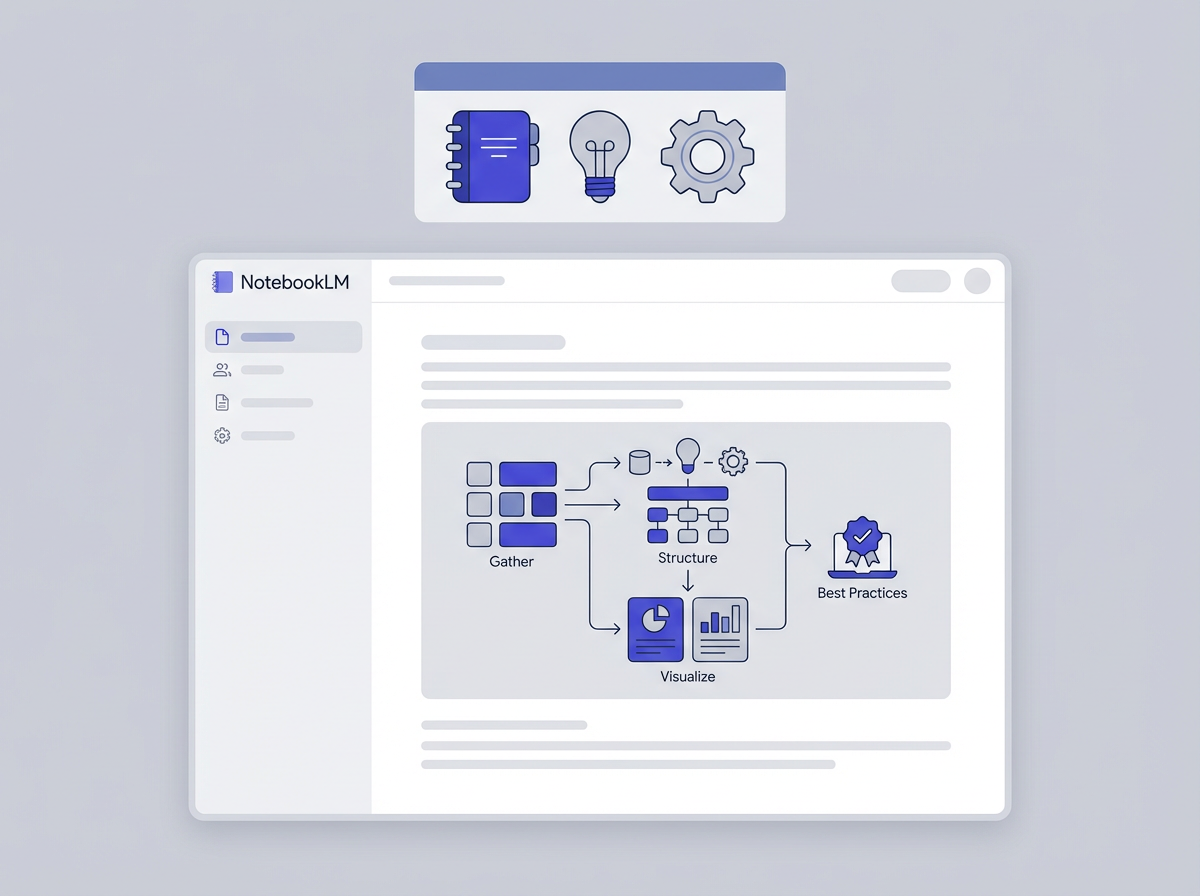Artificial intelligence has revolutionized music creation, making it possible for machines to compose songs that sound convincing.
But despite their impressive abilities, AI-generated songs often lack the nuanced artistry of human-made music.
Wondering how to distinguish the two?
This guide outlines the key indicators to help you determine whether a song was crafted by human creativity or generated by artificial intelligence..
Key Takeaways
- AI-generated songs often feature repetitive structures, smooth yet mechanical transitions, and lack emotional depth.
- Subtle details in lyrics, vocals, instrumentation, and production quality can reveal a song's origins.
- Metadata, credits, and platform context provide additional clues to help confirm whether AI was involved.
- Training your ear through comparison with known AI-generated songs can improve detection accuracy.
How to Identify an AI-Generated Song
Here is the sample song I have generated using suno.com, First let's listen to the whole song;
Now I will break down into following ways you can identify if a song is AI-generated or not.
1. Repetition and Loops
Human composers tend to create dynamic, evolving pieces.
AI, on the other hand, often relies on repeating loops and mechanical transitions, which can feel overly predictable or “too perfect.”
Signs to Look For:
- Overly smooth transitions: Unlike human compositions that use contrasts to build tension and resolution, AI tracks might lack these emotional arcs.
- Excessive repetition: Patterns like drum loops or melodies might repeat without the variation you’d expect in a human-made song.
In my song, you’ll notice a repetitive loop that begins at 00:01 and recurs at 00:50, 02:00, and again at the ending..
2. Unusual Song Structures
AI tools sometimes struggle to mimic traditional songwriting formats. Songs may end abruptly, have odd interludes, or heavily rely on looping.
Red Flags:
- Missing common elements: Human songs typically follow patterns like verse-chorus-bridge. AI creations might skip or overuse these segments.
- Unresolved endings: An abrupt finish or lack of closure in the song's overall structure might indicate an AI origin.
AI song generators like SUNO have become so advanced that their unusual song structures often go unnoticed until the tracks are edited. My song is a similar case—it ends flawlessly in terms of composition, but if you pay close attention to the lyrics, you'll notice it concludes with an unresolved meaning..
3. Lyrics Quality
AI-generated lyrics can sound polished but often lack the deeper emotional resonance, storytelling, or coherence that comes from lived experience.
How to Spot AI Lyrics:
- Perfect rhyme schemes with shallow meaning: While the words may rhyme well, they might lack substance or feel clichéd.
- Disjointed ideas: Lines may appear as standalone phrases rather than cohesive narratives. Reading them aloud can reveal awkward phrasing or repetitive lines.
Here's the lyrics of the song I generated;
I found your ghost in the morning light
It whispered soft but it cut like a knife
Sara where’d you go last night
[Prechorus]
The clock keeps ticking but time stands still
Every breath feels like climbing a hill
[Chorus]
Goodbye Sara where did you run
You took the moon and you stole the sun
Goodbye Sara my heart’s undone
Goodbye Sara you’re the only one
[Verse 2]
Your sweater’s still on the bedroom chair
It’s holding shadows but you’re not there
Sara I feel you in the air
[Prechorus]
The walls remember your favorite song
But the echoes now feel all wrong
[Chorus]
Goodbye Sara where did you run
You took the moon and you stole the sun
Goodbye Sara my heart’s undone
Goodbye Sara you’re the only one
You can now test this text using any AI content detector to determine if it was generated by AI. For instance, I’m using Copyrocket’s AI content detector..
4. Vocal Cues
When vocals are AI-generated, subtle differences in tone, inflection, and timing can give them away.
Vocal Characteristics to Notice:
- Too smooth or robotic delivery: The timing may feel off, with an overly balanced tone lacking emotional highs or lows.
- Absence of breath sounds or imperfections: Human singers naturally include breaths and minor flaws, which are often missing in AI-generated vocals.
In my generated song, you’ll notice at 00:40 when the vocalist hits a high pitch, the tone becomes noticeably robotic. Then, at 01:40, it sounds as if a robot is attempting to mimic human singing, striving for perfection but falling short. It’s clear there’s still room for improvement..
5. Instrumentation and Sound Quality
AI music tools sometimes introduce indistinct or unnatural sounds. You might hear what are known as “phantom instruments”: synthetic tones that don’t quite fit with the rest of the performance.
Tell-Tale Signs:
- Blurry or unnatural textures: These sounds might feel out of place when compared to the main melodies or rhythms.
- Odd production choices: Look out for moments where instruments or vocals don’t quite sit naturally in the mix.
In my song, you’ll notice a drop in quality at 1:46 when the guitar strings come in. The difference is quite noticeable, and the quality declines significantly. This issue occurs again towards the ending, where the audio quality drops once more..
6. Metadata and Credits
AI-generated songs often lack the detailed credits human music producers typically include. You can find clues in the song's metadata or streaming platform information.
What to Check:
- Vague credits: Look for general terms like “composer” or mentions of AI tools like Soundraw, AIVA, or Amper.
- Lack of artist information: If there’s no identifiable human creator or portfolio associated with the song, it might be AI-generated.
7. Originality and Borrowed Elements
AI models are often trained on existing music, which can lead to songs that feel overly familiar or derivative.
Spotting Familiarity:
- Déjà vu in melodies or rhythms: AI might unintentionally mimic popular songs or recycle motifs from its training data.
- Overlapping elements: When a song strongly resembles another but isn’t labeled as a cover, it could be a sign of AI involvement.
8. Context and Platform Details
AI-generated songs are often uploaded with sparse artist details or obscure origins, especially on platforms like YouTube and SoundCloud.
Investigate the Context:
- Anonymous uploads: Red flags include unclear artist identities or minimal descriptions.
- Unusual profiles: A lack of accompanying artist biography or history can hint at an AI-generated creation.
9. Train Your Ear
Familiarizing yourself with known AI-generated songs can help you develop an ear for their unique quirks. Platforms like AIVA, Jukebox, and Amper offer examples of AI-created tracks for comparison.
Frequently Asked Questions (FAQs)
Q1. Can AI mimic professional-level music?
Yes, AI can produce music that sounds professional to the untrained ear. However, deeper analysis often reveals limitations in creativity, emotion, and authenticity.
Q2. Are AI-generated songs legally protected like human-made music?
This depends on jurisdiction. AI creations may not carry the same intellectual property protections, especially if the AI cannot meet copyright standards for originality.
Q3. Can AI collaborate with human composers?
Certainly! Many artists use AI as a tool to enhance their creative process, blending human creativity with machine-generated elements.
Q4. Are all AI-generated vocals robotic?
Not always. Advances in technology have made AI vocals increasingly realistic. Yet, extended listening typically reveals signs of their artificial nature.
Q5. How can I tell the difference between sampling and AI generation?
Sampling involves taking parts of an existing song, while AI generation creates new compositions. Metadata and overall song structure often help differentiate between the two.
Final Thoughts
Identifying AI-generated music may take some detective work, but the clues are there for those who know where to look. By paying attention to repetition, structure, sound quality, and artist context, you can sharpen your ability to distinguish machine-made music from human artistry. With AI continuing to evolve, the line between the two may blur—but your trained ear will remain your greatest asset in uncovering the truth.





